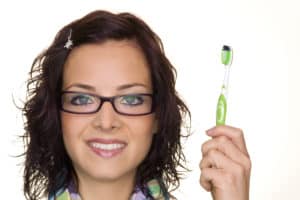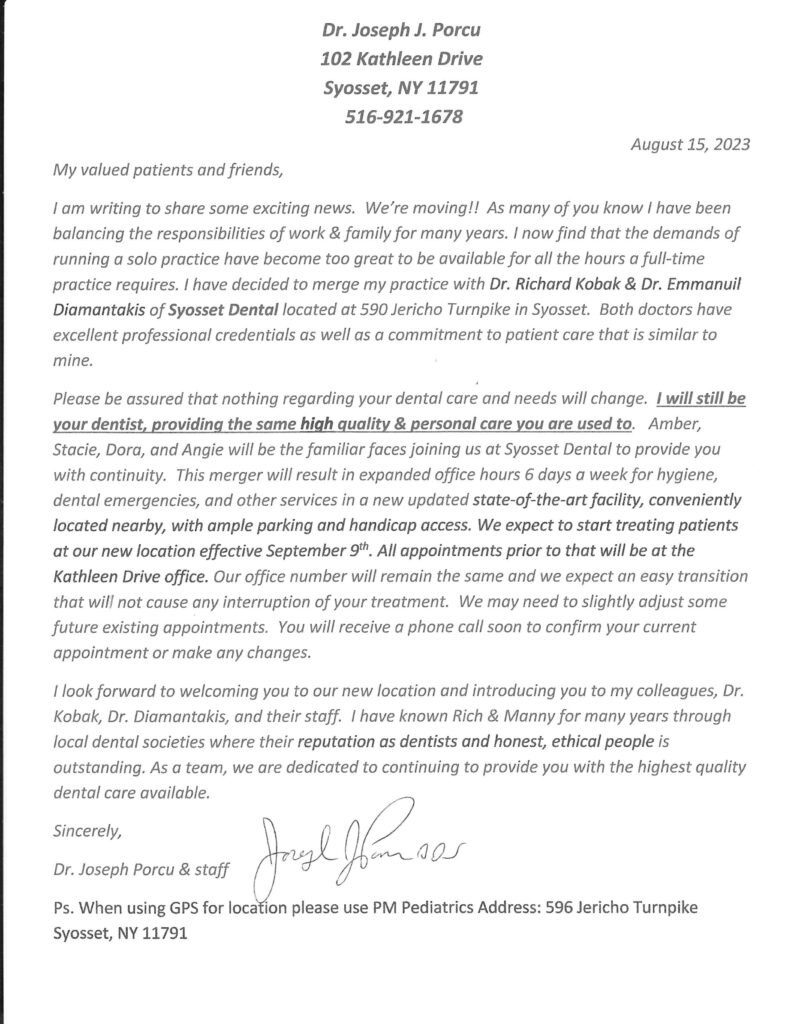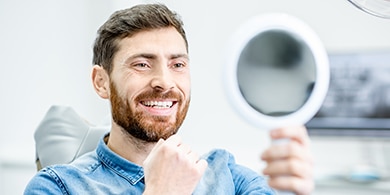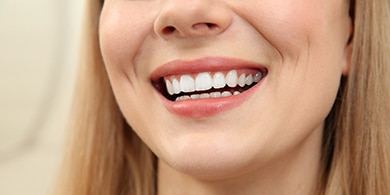 You’re probably a veteran at brushing and flossing your teeth, having done it every day for most of your life. Like all acquired skills, though, an occasional refresher course can help sharpen your teeth brushing abilities. If you think your childhood lessons at the sink were enough, then consider the fact that over 90% of adults have cavities, and over 70% have gum disease. More importantly, both diseases are highly preventable with good hygiene and the proper use of a toothbrush and some floss.
You’re probably a veteran at brushing and flossing your teeth, having done it every day for most of your life. Like all acquired skills, though, an occasional refresher course can help sharpen your teeth brushing abilities. If you think your childhood lessons at the sink were enough, then consider the fact that over 90% of adults have cavities, and over 70% have gum disease. More importantly, both diseases are highly preventable with good hygiene and the proper use of a toothbrush and some floss.
A Refresher Course on Hygiene
- Lighten up—attacking the sticky film on your teeth with more gusto won’t clean it off more effectively. On the contrary, harsh scrubbing might strip your teeth of the enamel that protects them from bacteria. For best results, carefully brush every surface of every tooth using a soft-bristled toothbrush and gentle motions.
- Leave tartar alone—speaking of harsh scrubbing, or over-brushing, try not to vigorously attack stains or plaque spots that don’t go away. While plaque (a sticky byproduct of bacteria) can be easily removed from your teeth, its calcified form, tartar, is insoluble and too stubborn for your toothbrush. To eliminate tartar without damaging your tooth enamel, visit your dentist at least once every six months for a thorough dental checkup and cleaning.
Use the Right Tools
- Fluoride toothpaste—fluoride is a mineral that occurs naturally, or can be synthesized for commercial use, and is well-known for its ability to help ward off cavities. Fluoride bonds to enamel that’s been weakened by bacteria-produced acids, reducing the risks of cavity development. Make sure your toothpaste contains fluoride so that it can help strengthen enamel in the long run.
- Comfortable floss—flossing is as important as brushing your teeth, since about a third of each tooth touches the surfaces of the teeth next to it. You’ll be more apt to floss carefully and correctly if your dental floss is comfortable to use. If you have trouble holding a traditional thread of floss around your fingers, then your dentist can recommend a more comfortable product, like disposable floss holders that let you clean your teeth with one hand.
- Mouthrinse—it isn’t a substitute for a thorough hygiene routine, but swishing mouthrinse around after brushing and flossing your teeth will help dislodge and wash away hard-to-reach food particles and bacteria. For additional protection, ask your dentist about therapeutic mouthrinse that can specifically target harmful mouth germs.











